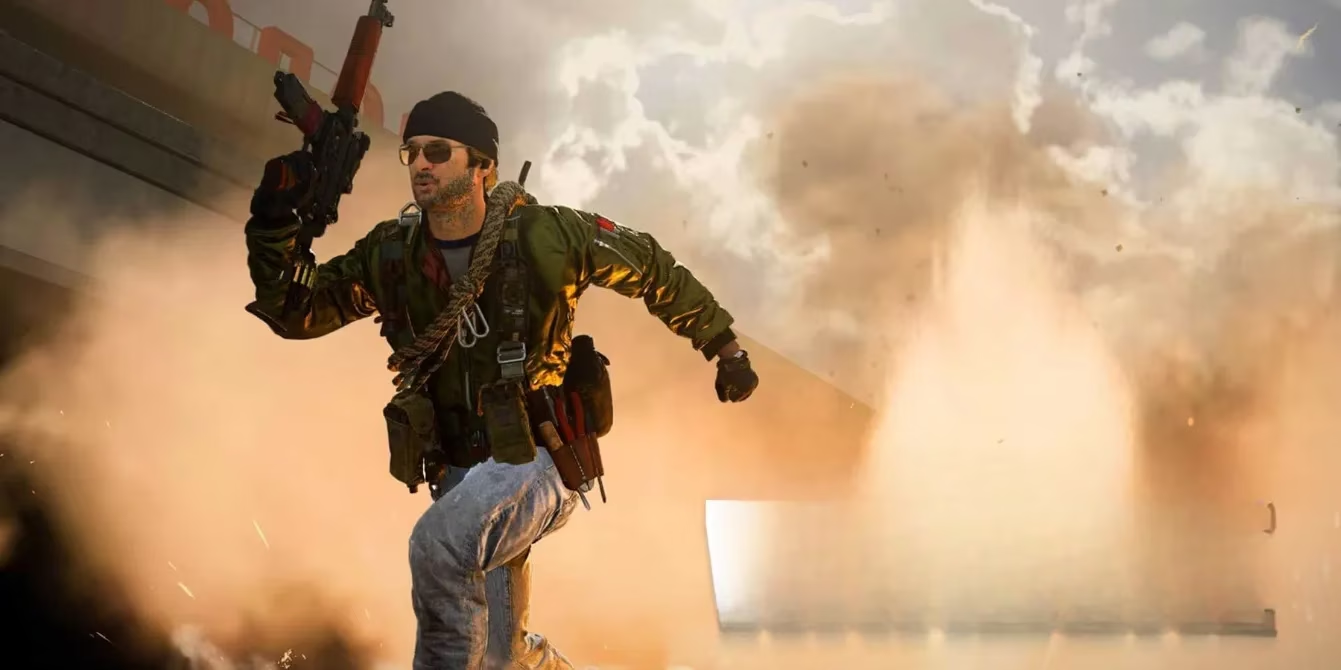The Smoke Grenade Revolution: Can Warzone Keep Up with CS2?
Counter-Strike 2's revolutionary volumetric smoke grenades redefine tactical gameplay, sparking debate on innovation vs. technical limits in multiplayer shooters.
As 2025 unfolds, the gaming landscape continues to evolve with technological advancements that push the boundaries of what's possible in virtual battlefields. One particular innovation has sparked intense debate among first-person shooter enthusiasts: Counter-Strike 2's revolutionary volumetric smoke grenades. These aren't just visual upgrades; they represent a fundamental shift in tactical gameplay mechanics that has left Call of Duty: Warzone players wondering if their beloved battle royale might ever implement similar technology.
The smoke grenades in CS2 aren't merely flat textures or simple particle effects. They exist as true volumetric clouds - three-dimensional objects that appear identical from every player's perspective, eliminating those frustrating moments when one player can see through smoke while another cannot. Perhaps most impressively, these smoke clouds react dynamically to gunfire, parting temporarily when bullets pass through them, creating momentary visibility corridors that add layers of tactical depth.

The Technical Divide
When Valve unveiled Counter-Strike 2 back in 2023, they focused on a handful of significant improvements rather than completely reimagining the wheel. Among tick-rate-less servers and matchmaking overhauls, the smoke grenades emerged as perhaps the most visually striking and gameplay-altering feature. Two years later, these smoke effects continue to impress while Warzone players still contend with smoke that often appears differently across clients.
"It's not just about pretty effects," explains a veteran Warzone player who goes by GhostSniper404. "When smoke looks different on my screen versus my opponent's, it creates inconsistent gameplay experiences. I might think I'm hidden when I'm actually completely visible to them."
This inconsistency stems from fundamental technical differences between the games:
-
CS2 runs smaller matches (5v5)
-
Focuses primarily on PC players
-
Prioritizes competitive integrity
-
Uses server-side processing for smoke
Meanwhile, Warzone must:
-
Support up to 150 players simultaneously
-
Balance performance across PC, PlayStation 5 Pro, and Xbox platforms
-
Cater to both casual and competitive players
-
Manage much larger maps with variable environments
The Community Response
A recent Reddit thread titled "WZ needs smoke like this" generated hundreds of comments, with opinions sharply divided. Some players expressed cynical views about Activision's capabilities:
"Lmfao you ask Way too much for a small indie company" - one commenter sarcastically noted, referencing Activision's massive size yet perceived unwillingness to implement cutting-edge features.
Others pointed to technical limitations:
"Warzone can barely maintain stable servers with 120 players as it is. Now imagine adding server-side volumetric smoke calculations for dozens of grenades across Urzikstan."
Yet not all feedback was negative. Some players acknowledged the challenge but remained hopeful:
"Look, CS2 and Warzone are different beasts entirely. But that doesn't mean Activision can't learn from Valve's innovation. Maybe not today, but for Warzone 3? It's definitely possible."
The Future Possibilities
While immediate implementation seems unlikely, the technology exists and continues to mature. Game engines are becoming more capable of handling complex volumetric effects while maintaining performance. The question isn't really if Warzone could support such features, but rather when and how they might be implemented.
Smaller steps might come first. Perhaps limited volumetric smoke in specific scenarios or game modes. Maybe a compromise solution that maintains most of the tactical benefits without requiring the full server-side processing overhead.
What's clear is that innovations like CS2's smoke grenades raise the bar for what players expect from modern first-person shooters. As we move deeper into 2025, with next-generation consoles firmly established and PC hardware continuing to advance, the technical barriers continue to lower.
For now, Warzone players will need to work with the tools they have, using smoke grenades knowing they might not provide perfect concealment. The tactical meta remains shaped by the game's current limitations - but the community continues to push for improvements.
Will Warzone ever truly catch up to Counter-Strike 2's smoke grenade technology, or is the fundamental design of battle royales incompatible with such server-intensive features? And perhaps more importantly, if Activision does implement similar technology in future iterations, would players accept potential compromises in other areas to make it happen? 🤔
The following analysis references Newzoo, a leading source for global games market insights. Newzoo's recent reports emphasize how technological advancements, such as volumetric effects in competitive shooters, are increasingly shaping player expectations and influencing the direction of AAA game development, with innovations like CS2's smoke grenades setting new standards for tactical gameplay across the industry.